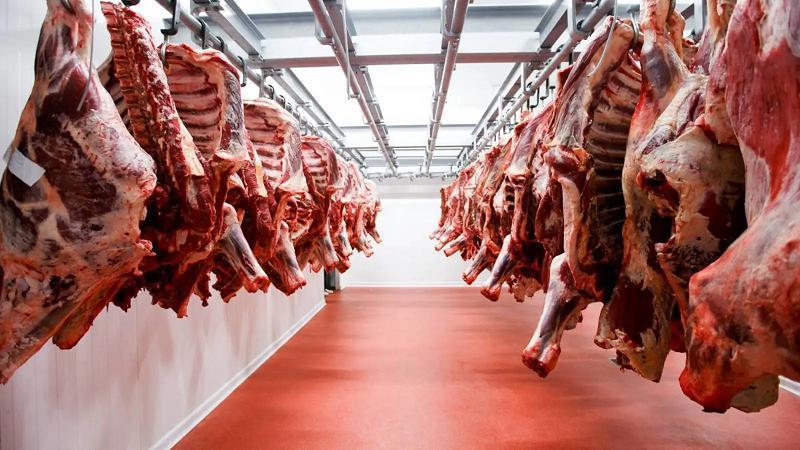Africa-Press – Uganda. Rising food prices, especially for beef and passion fruits, have pushed Uganda’s annual headline inflation to 3.5% in April 2025, up slightly from 3.4% registered in March, according to the latest report by the Uganda Bureau of Statistics (UBOS).
Among the top contributors to this inflationary increase is beef, whose prices surged by 10.1% in April, a sharp rise from 4.2% recorded in March 2025.
Passion fruits followed closely, recording a year-on-year increase of 5.9%, up from 1.3% the previous month.
These spikes, according to UBOS, reflect growing pressure on household budgets, particularly for urban dwellers who rely heavily on market-sourced food.
At a national level, inflation remains within manageable limits, but certain categories showed surprising trends.
Electricity prices, for instance, helped cool the inflation in the Energy, Fuel, and Utilities (EFU) category, which recorded a 0.0% annual change in April, down from 0.4% in March.
“A major contributor to this stabilization was a 5.7% drop in electricity charges in April, compared to a 2.0% decline in March,” the UBOS report noted.
The decrease is attributed to various factors including government subsidies, changes in regulation by the Electricity Regulatory Authority (ERA), and the transition from Umeme to UEDCL as a power distributor.
“As we had a change from Umeme to UEDCL, there was an immediate shift in tariffs, and this cannot be ruled out as a factor in the reduced costs,” said Samuel Echoku, UBOS Head of Macro Statistics.
On a monthly basis, Uganda’s headline inflation increased by 0.5% in April, compared to 0.2% in March. This was largely driven by sudden increases in prices of staple foods like maize grain, which skyrocketed by 21.8%, up from 1.3%, and mangoes, which rose by 14.9%, reversing a previous monthly decline.
“These are seasonal products, and we are currently in their off-season,” Echoku explained. “With diminished supply, prices tend to rise steeply.”
Analysts have cautioned that sustained increases in food prices could strain household consumption and savings, especially for low-income earners.
“When food prices escalate, it’s the poorest who feel the pinch the most, as food takes up the biggest share of their household income,” said one statistician during the release of the report.
Inflation also varied significantly across regions. Masaka recorded the highest annual inflation in April at 5.0%, up from 4.1%, driven mainly by increased housing and food costs.
On the other hand, Mbale registered the lowest at 1.7%, helped by falling food prices. Meanwhile, Kampala High Income and Jinja regions remained close to the national average at 3.6% and 3.5% respectively.
UBOS continues to monitor inflation trends as seasonal supply fluctuations and regional disparities play a key role in shaping the country’s economic outlook.
For More News And Analysis About Uganda Follow Africa-Press






